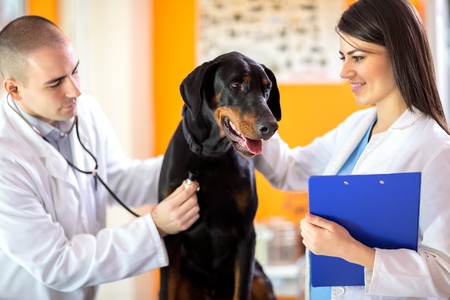
The thiazine derivative, Xylazine (C12H16N2S) is a powerful sedative, muscle relaxant and analgesic for animals (Aziz and Martin, 1978; Derossi et al., 2003).It also finds use as a potent α2-adrenergic receptor agonist, essential in anesthetic premedication. It is an emetic for cats.
This veterinary medicine branded as Rompun™ was first manufactured and marketed by Bayer GmbH in 1962 for use in cattle, horses, sheep, goats and in fact any farm animal (EMEA Report, 1999). It is also available as Anased, Chanazine and Sedazine.
The recommended dose is 0.016 mg/kg bw to 1 mg/kg bw, but levels administered depend on the sensitivity of the species (Kollias-Baker et al.,1993; Cuvelliez et al., 1995). Cattle need the least quantity (EMEA Report 2002; Delehant et al., 2003). The hydrochloride derivative is the commonly used form.
The metabolic pathway and pharmacodynamic effect of xylazine has been studied extensively (Kastner, 2006) having a half-life just under 3 hours (Chamberlain & Brynes 1998; EMEA Report 1999; Delehant et al., 2003).
It is not intended for use in the supply chain because it produces a number of residues which combined with the drug itself impact human nervous systems. It behaves as a depressant with concomitant reduction in blood pressure and bradycardia. It is not approved by the US Food and Drug Administration or by the Chinese regulatory bodies.
It has become an emerging drug for substance abuse in Puerto Rico for example where it is known as “anestecia de caballo”. (Reyes et al., 2012).
References
Aziz, M.A., Martin, R.J. (1978) Alpha agonist and local anaesthetic properties of xylazine. J. Vet. Med. A 25 pp. 181–8.
Chamberlain, P.L., Brynes, S.D. (1998) The regulatory status of xylazine for use in food-producing animals in the United States. J. Vet. Pharmacol. Ther. 21 pp. 322–9.
Cuvelliez, S., Rosseel, G., Blais, D., Salmon, Y., Troncy, E., Lariviere, N. (1995) Intravenous anesthesia in the horse: comparison of xylazine-ketamine and xylazine-tiletamine-zolazepam combinations. Can. Vet. J. 36 pp. 613–8.
Delehant, T.M., Denhart, J.W., Lloyd, W.E., Powell, J.D. (2003) Pharmacokinetics of xylazine, 2,6- dimethylaniline, and tolazoline in tissues from yearling cattle and milk from mature dairy cows after sedation with xylazine hydrochloride and reversal with tolazoline hydrochloride. Vet. Ther. 4 pp. 128–34.
Derossi, R., Junqueira, A.L., Beretta, M.P. (2003) Analgesic and systemic effects of ketamine, xylazine, and lidocaine after subarachnoid administration in goats. Am. J. Vet. Res. 64 pp. 51–6.
EMEA Report. (1999) Committee for veterinary medicinal products xylazine hydrochloride, summary report (1). The European Agency for the Evaluation of Medicinal Products, EMEA/MRL/611/99-Final-corrigendum.
Kastner, S.B.R. (2006) A2-agonists in sheep: a review. Vet. Anaesth. Analg. 33 pp. 79–96.
Kollias-Baker, C.A., Court, M.H., Williams, L.L. (1993) Influence of yohimbine and tolazoline on the cardiovascular, respiratory, and sedative effects of xylazine in the horse. J. Vet. Pharmacol. Ther. 16 pp. 350–8.
Reyes, J. C., Negron, J. L., Colón, H. M., Padilla, A. M., Millan, M. Y., Matos, T. D., & Robles, R. R. (2012). The emerging of xylazine as a new drug of abuse and its health consequences among drug users in Puerto Rico. J. Urban Health, 89(3), pp. 519-526.


Could this drug turn up in food ? I’m quite health conscious and given the horsemeat scandal you had in Europe I wouldn’t be surprised if cat and dog didn’t appear in your food with this drug amongst all the others !
hey, this drug is also a big problem in the US and not just Puerto Rica. I’m a vet in Florida and whilst we use it for treating all sorts of animals, quite a few folk seem to be trying to target vets for all sorts of stuff. It’s a big problem right now.
I’m just amazed – actually gobsmacked that people take this stuff as it’s a horse tranquilliser. They need their heads looked at as its is so dangerous. The idea that it could enter our foodchain is insane.